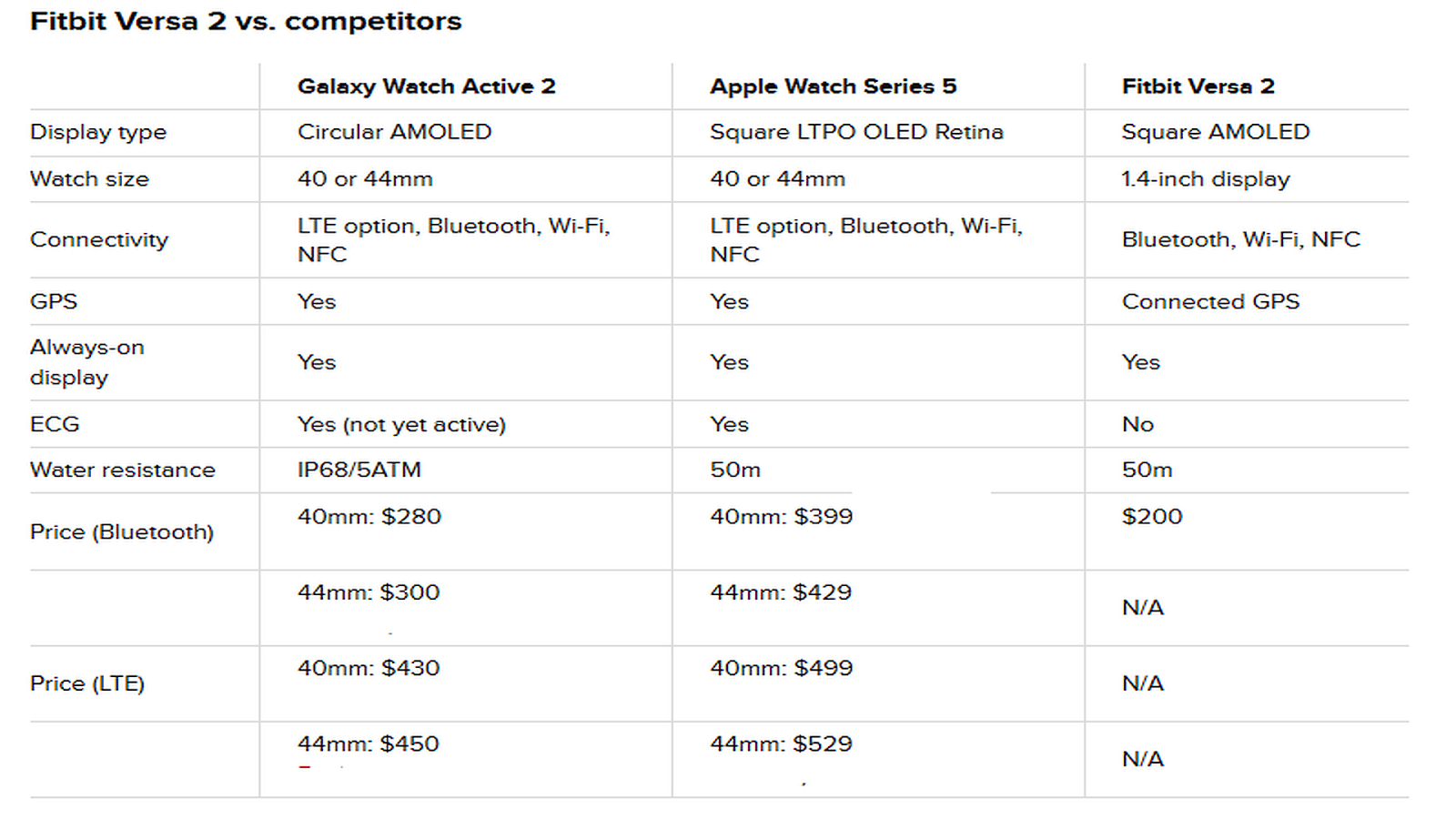

I recently received my update, and it has been interesting to see how my periods of high variation correlate to bad sleep or excessive snoring! Our top equipment picks I hope you were able to update your device and app and have started to use this new feature. Perhaps that will come in the Series 6 line or later. One surprising omission to date is Apple, whose category-leading Apple Watch Series 5 sports all manner of health tech from fall-detection to ECG monitoring, but does not have a SpO2 sensor. Both Withings and Garmin have watches that support this feature, and more companies are expected to roll out devices with similar functionality over the next year, pending regulatory approvals. It should be noted that Fitbit is not the only company with wearables capable of taking SpO2 readings. If you do notice any abnormalities or "big variations' in your EOV graph data, you should get in contact with your physician to interpret the findings and discuss treatment options. So why is this important? The medical community claims that knowing your blood oxygen levels (particularly during sleep) can be a good way to predict or monitor conditions such as sleep apnea and provide valuable data for people who have preexisting breathing conditions.Ĭonsult your physician if you have concerns about your blood oxygen levels. The more blue light, the less oxygen is present in your bloodstream. The more red light your blood returns, the more oxygen you have. Unlike in other use cases, the color red signifies a good value, whereas blue signifies a poor value. Based on these readings, your Fitbit can then provide a relatively accurate estimate of the oxygen levels in your blood. The Fitbit devices mentioned above use red and infrared sensors that are already on the back of the watch case to shine light into your blood vessels and read the light colors and levels that "bounce back" to them. If you stop breathing or have lung issues, your blood oxygen saturation level can fall as less oxygen enters your body. The oxygen levels in your blood tend to remain relatively consistent, even during exercise and sleep. Typically, your blood oxygen saturation level is between 95-100%, which means your blood is carrying as much oxygen as it can.


 0 kommentar(er)
0 kommentar(er)
